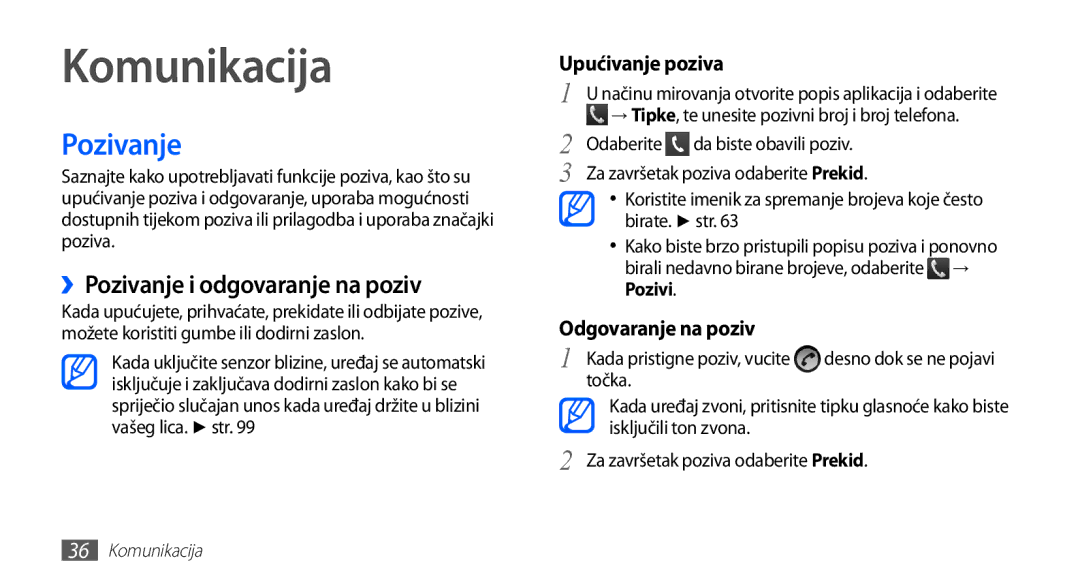GT-S5830OKATRA, GT2S5830OKATRA, GT-S5830OKACRO, GT2S5830OKAVIP, GT-S5830OKACRG specifications
The Samsung GT-S5830 series encompasses a range of smartphones that were notable for their time, particularly catering to the budget-conscious user looking for reliability and essential smartphone features. The GT-S5830OKASMO, GT-S5830OKAVIP, GT-S5830OKATWO, GT-S5830OKACRG, and GT2S5830OKAVIP models share a common design and feature set that distinguishes them within the Samsung lineup.One of the most prominent features of the Samsung GT-S5830 series is its 3.5-inch TFT touchscreen display, which offers a resolution of 320 x 480 pixels. This display delivers vibrant colors and a satisfactory viewing experience for web browsing, social media, and multimedia playback. The interface is powered by the TouchWiz UI, providing users with a straightforward and intuitive experience that is easy to navigate.
Under the hood, the devices are equipped with a 800 MHz processor and run on the Android operating system. They originally shipped with Android 2.3 Gingerbread, which, although outdated by today’s standards, provided a robust platform for applications and features at the time of their release. Users appreciated the support for various apps and services available through the Google Play Store.
In terms of photography, the GT-S5830 series comes with a 5-megapixel rear camera, capable of capturing decent quality photos. Users have the option to record videos, making these phones suitable for casual photography enthusiasts. The lack of a front-facing camera is notable, but this was common in many budget smartphones of that era.
Another significant aspect of these models is connectivity. The GT-S5830 series supports 3G connectivity, providing users with faster internet speeds compared to earlier 2G networks. Additionally, Wi-Fi support allows users to connect to the internet through local networks, making it easier to browse and download content without relying solely on mobile data.
The battery life is reasonable, with a removable Li-Ion 1350 mAh battery that can last a full day under moderate usage. The devices also support microSD cards of up to 32 GB, allowing users to expand their storage for music, photos, and applications.
In conclusion, the Samsung GT-S5830 series, including models like GT-S5830OKASMO, GT-S5830OKAVIP, GT-S5830OKATWO, GT-S5830OKACRG, and GT2S5830OKAVIP, represents a significant step in the evolution of Samsung smartphones. With essential features like a decent display, solid performance, and adequate connectivity options, these devices were well-suited for users seeking a balance of functionality and affordability during their time on the market.

